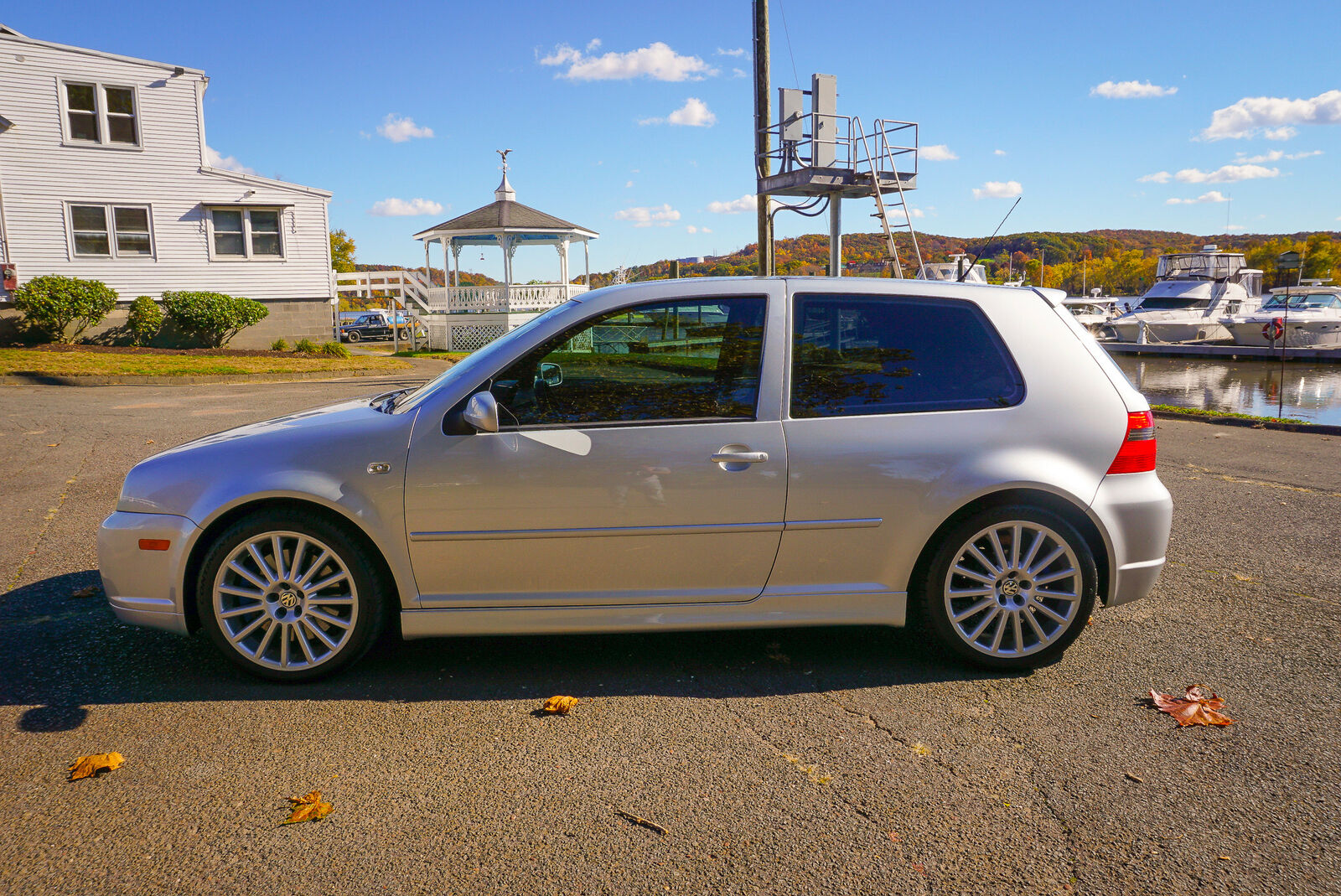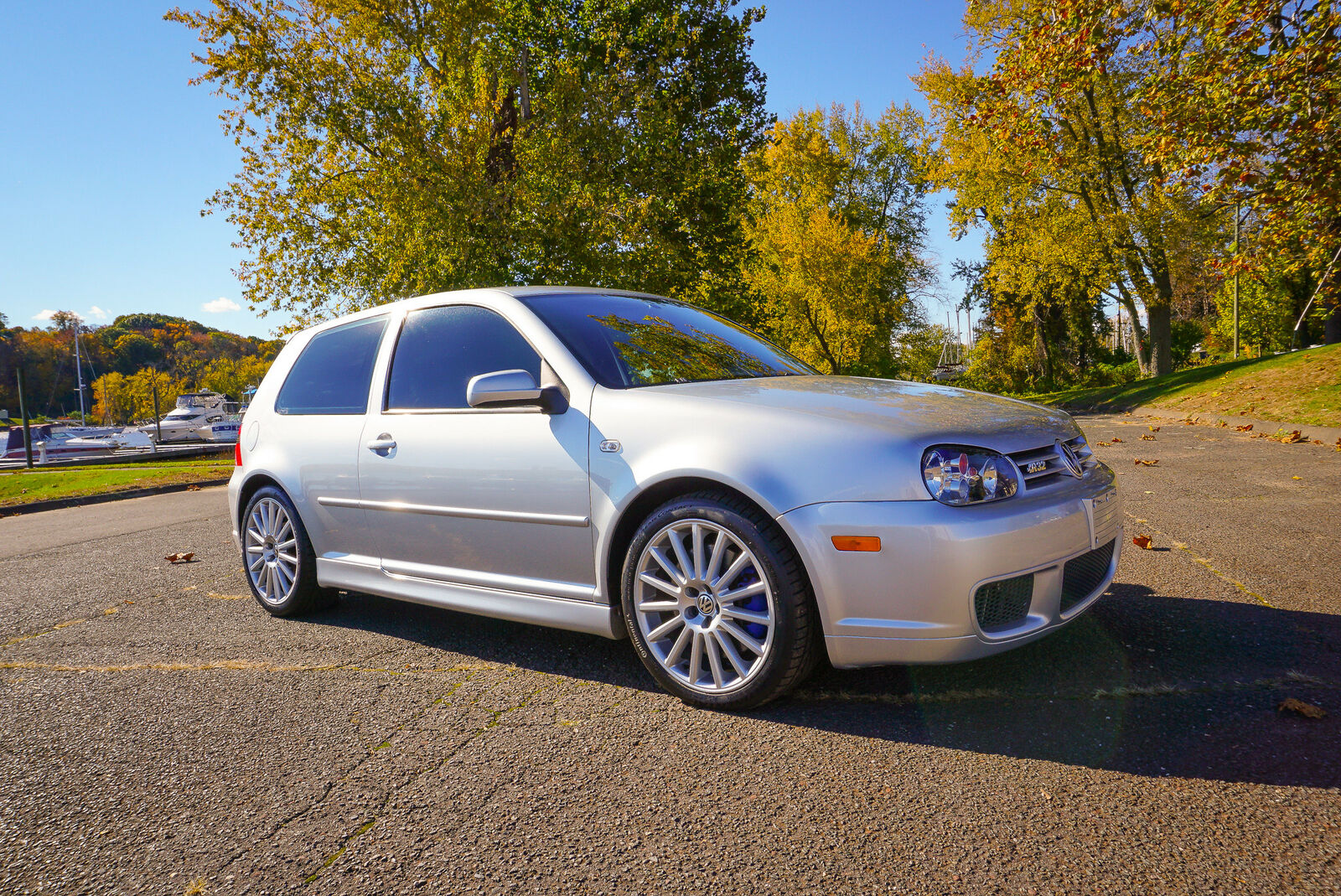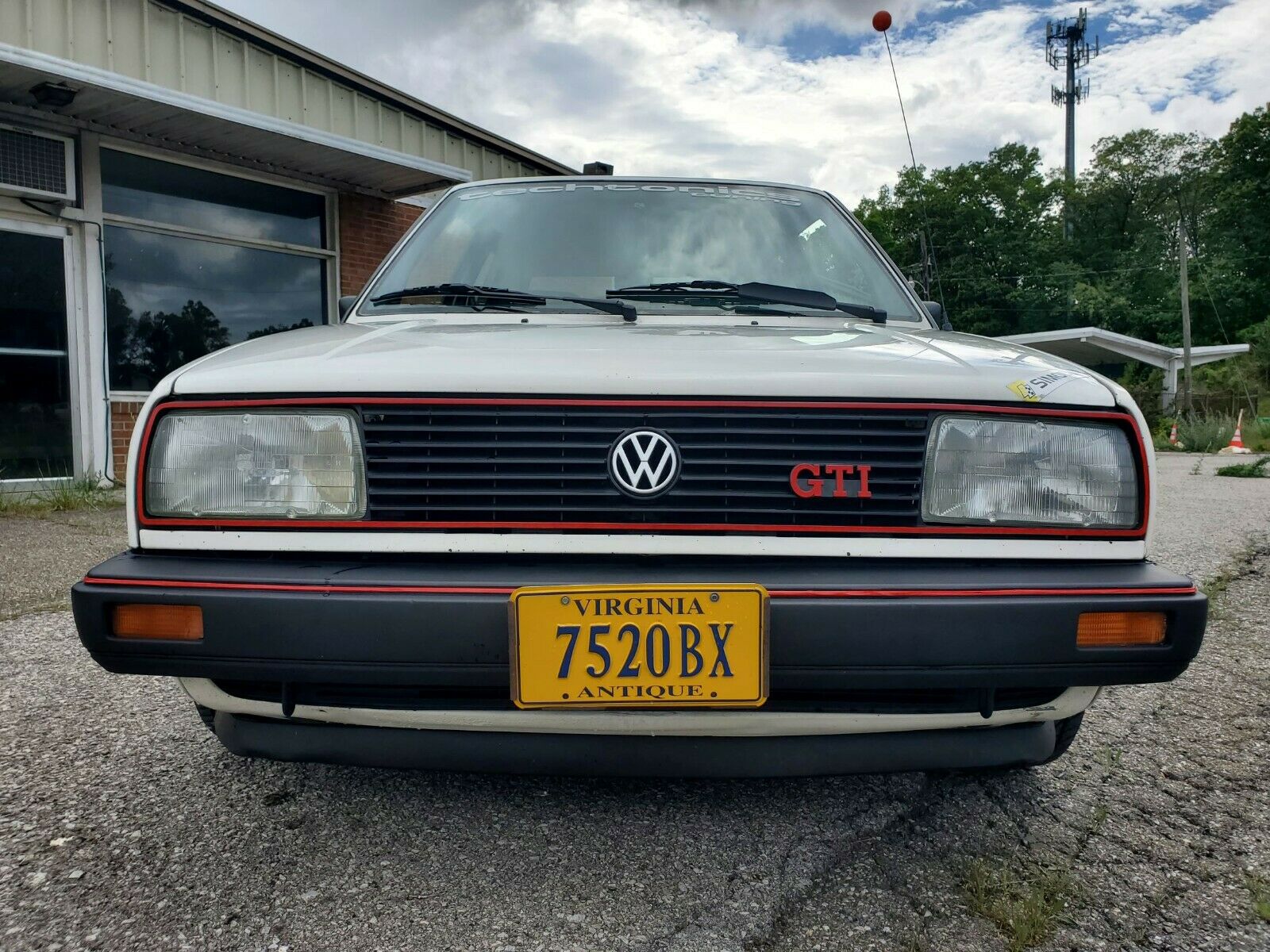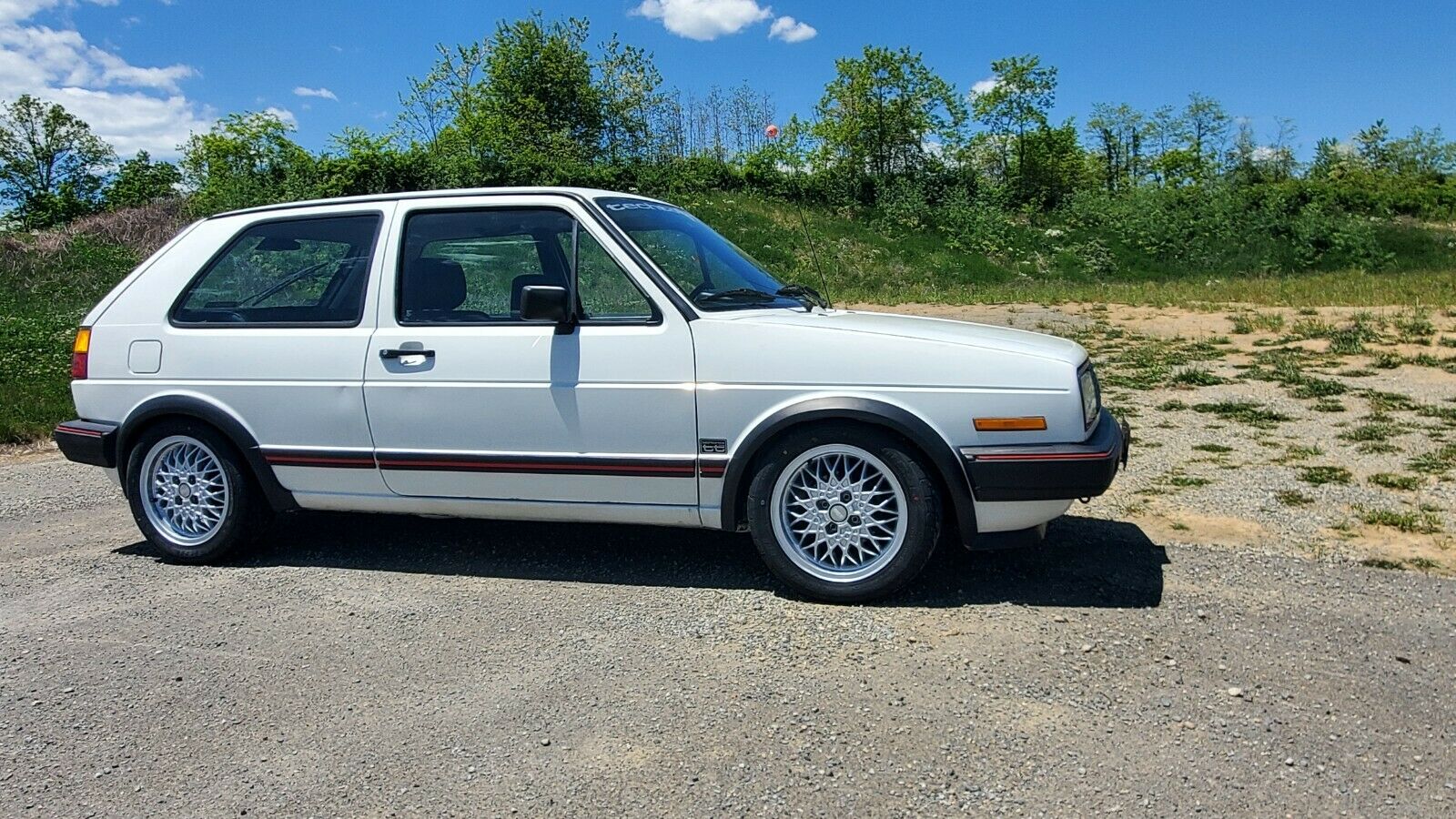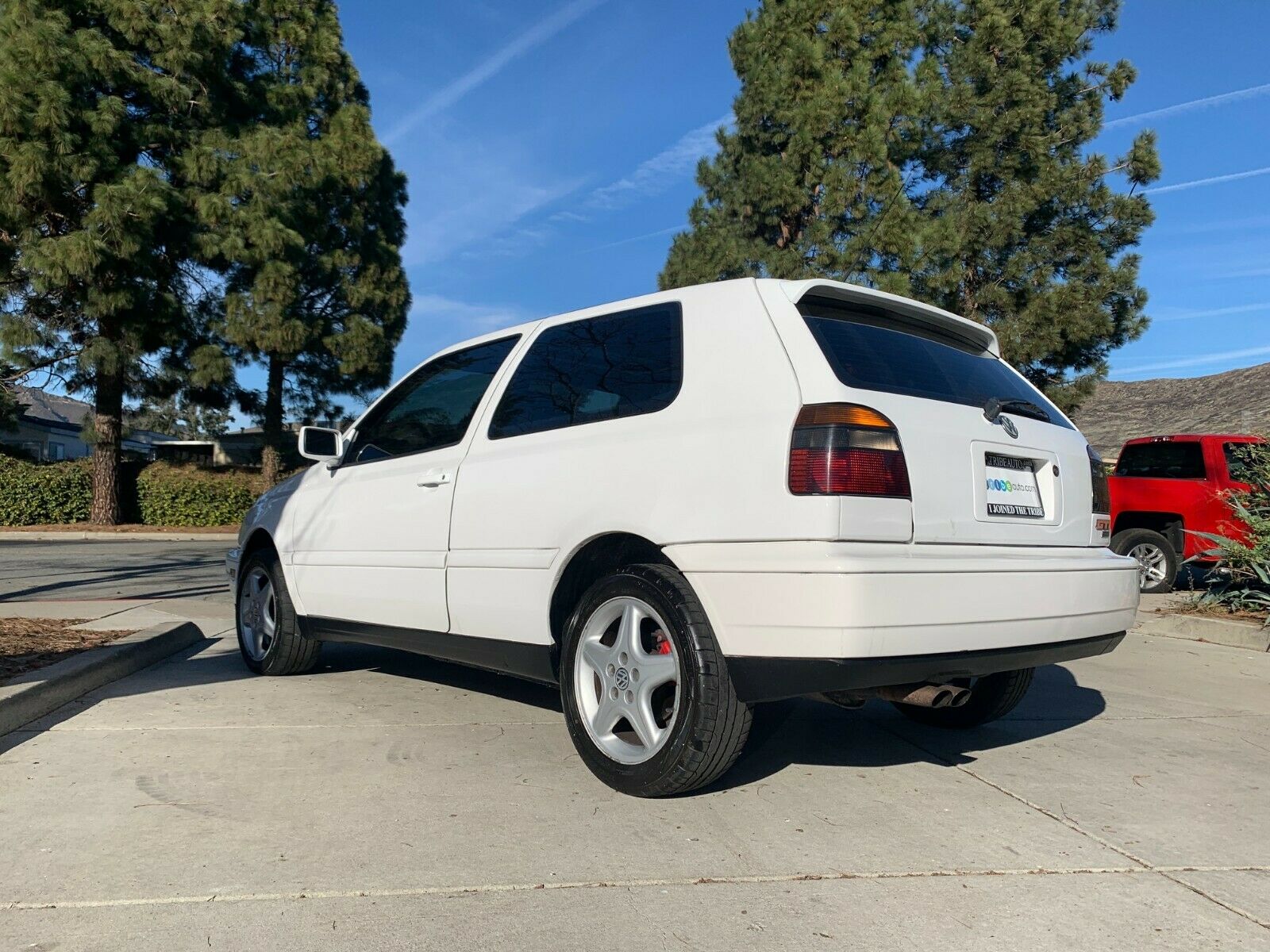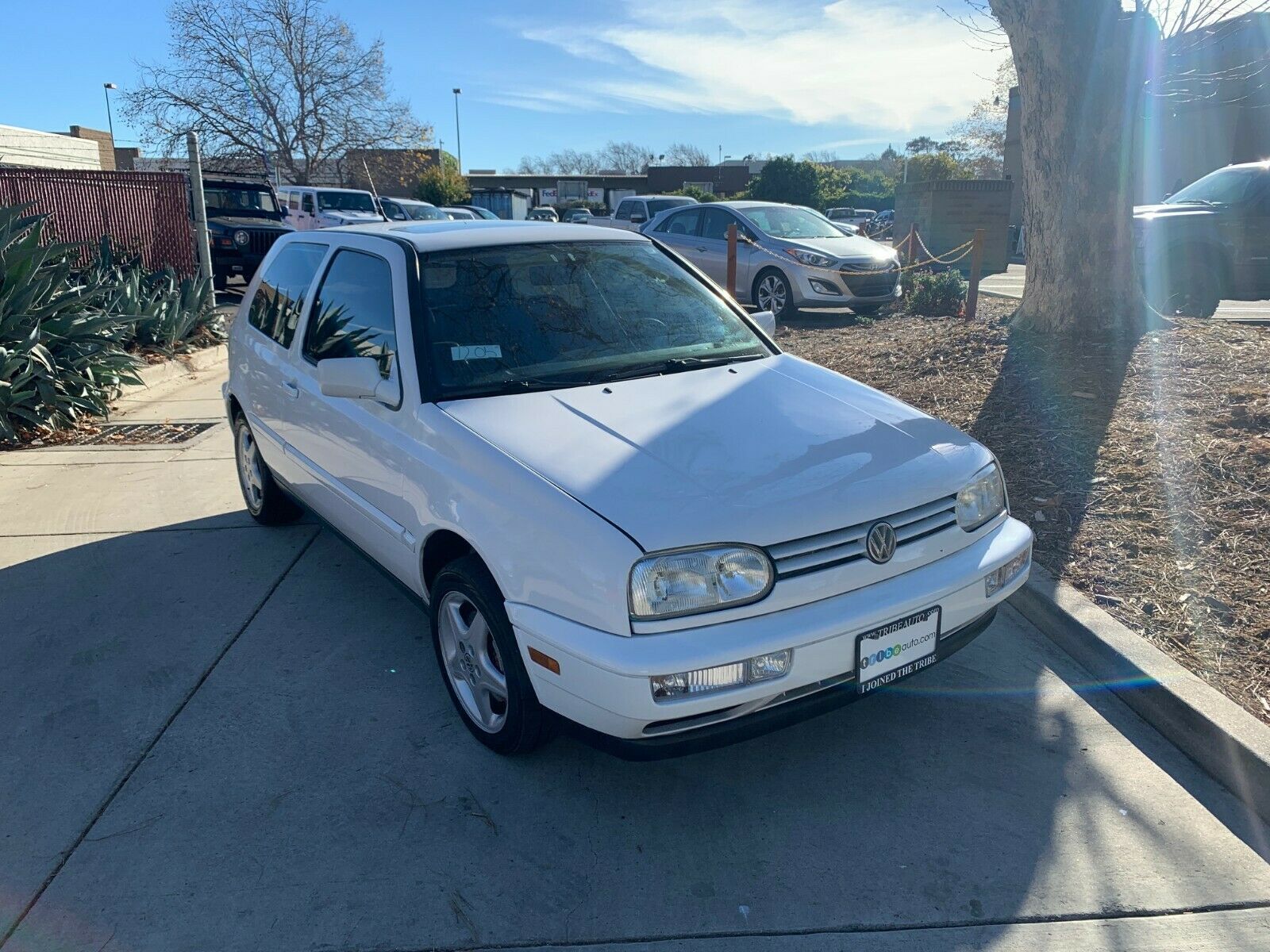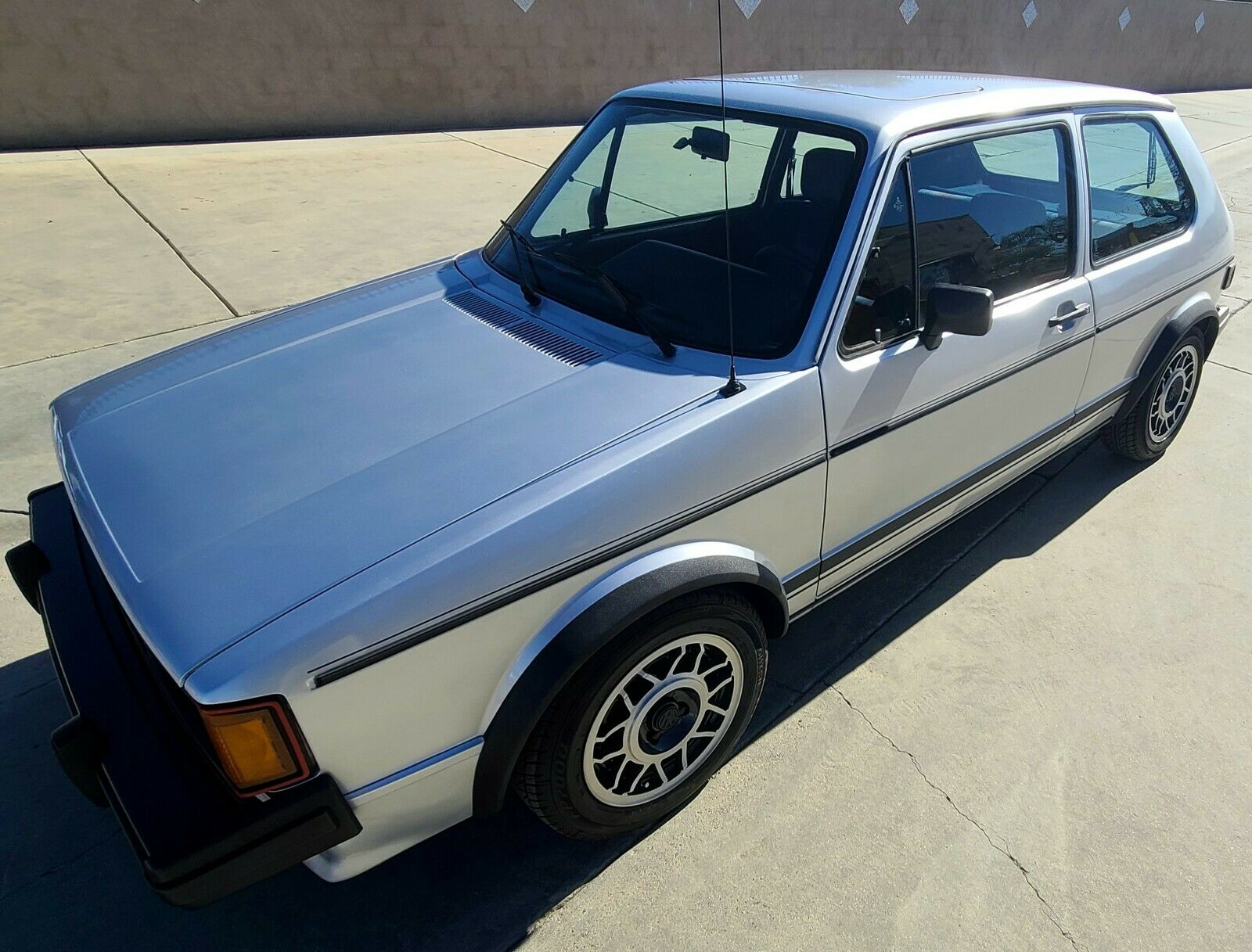The Mk.4 GTI lineup got progressively better from its introduction through the early 2000s and culminated with the U.S. finally getting the Super Golf. All-wheel drive was nothing new to the hatchbacks, as they’d had it in the normal run starting in 1986 and it was offered pretty much straight until today. But for U.S. customers, models like the Golf Rallye, Golf Limited, and VR6 Syncro models were forbidden fruit until the fourth generation of Golfs.
In late 2003, the model with so much promise was finally added to the U.S. lineup. The underpinnings were shared with the Audi TT, which meant a transverse engine utilizing a Haldex hydraulic controller to drive the rear wheels. Power came from a double-overhead cam 24 valve narrow-angle VR6. Displacing 3189 cubic centimeters, it generated 237 horsepower and 236 lb.ft of torque and for the first generation it was mated solely to a 6-speed manual transaxle. Outwardly there were a few clues that it was more potent than the contemporary 20th Anniversary GTI; revised front and rear bumper covers with dual exhaust and gaping intakes. The wheels were the same 18″ OZ-made Aristo wheels from the 20th, but the calipers were painted blue and matched with rotors a full 1.3 inches larger than the GTI. As with the signature model for performance in the hot hatch category, the R32 received larger anti-roll bars and 1BE sport suspension, good for a 1″ drop. Tires were meaty 225-40-18 ZR-rated rubber. All of these things helped to keep the weight of the R32 in check, and there was plenty of that to manage. The addition of heavier-duty running gear, two more cylinders and all-wheel drive meant that the R weighed in a full 3,350 lbs – about two full-sized adults north of a GTI. It was more powerful, but it wasn’t really much quicker in a straight line. Of course, it had great torque and even greater noise, along with the mystique of being the head honcho around the VW scene. Consequently, the R32 has maintained near-cult status since new and examples still demand a serious premium over the rest of their contemporaries from Volkswagen:
